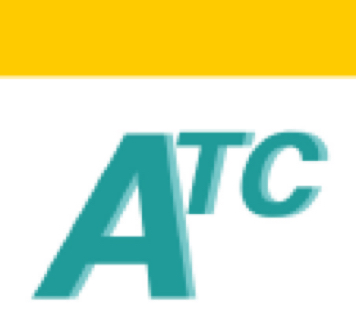About Exposure Scenarios
REACH requires European Union manufacturers and importers to register their chemical substances with the European Chemicals Agency (ECHA). Each registration must include a full toxicological assessment of the hazards that the substance presents to man and the environment and for hazardous substances an assessment of risk to man and the environment.
The risk assessment must cover the manufacturing process (if produced in the EU), each supported (Identified) use and its final disposal as waste. REACH refers to these risk assessments as Chemical Safety Assessments (CSA) and their output as a Chemical Safety Report (CSR).
All registered substances will be evaluated for their hazard. If a substance is determined to be non-hazardous an exposure scenario (ES) is not required. If the substance is determined to be hazardous however (including a PBT or vPvB) then an ES for all of the substance uses will be required if the substance is produced and/or imported at 10 MT or greater.
The first stage in this process is the creation of an exposure scenario (ES) for each phase of the life cycle of the substance. The exposure scenario describes the life cycle phase being assessed (e.g. substance manufacture), breaking it down into individual process steps, identifying the degree to which humans or the environment are exposed to the substance at each step and finally how that exposure can be controlled by applying appropriate Operational Conditions and Risk Management Measures.

Passing safe use information down the supply chain
There is a requirement for downstream users, including Formulators, to take account of safe use information received from their suppliers and to pass pertinent information down the supply chain to their customers via their product Safety Data Sheets.
In an attempt to simplify this process for companies in the lubricants supply chain, the ATIEL/ATC REACH Working Group has used the methods described in the European Chemicals Agency (ECHA) guidance on Information Requirements and Chemical Safety Assessments to condense several hundred different applications of lubricants and lubricant additives to a much smaller number of generic Use Groups.
This was possible because many of these applications, though ostensibly different, are actually very similar in terms of human and environmental exposure and can therefore share the same set of Use Descriptors.
Generic Exposure Scenarios (GES) have been developed for the classified products within each of these Use Groups, covering the main hazard types. These GES offer everyone in the lubricants
supply chain a standardised format for the communication of safe via their exposure scenarios using a standardised language and terminology.
No one is obliged to follow these recommendations but by doing so it may greatly improve standardised communication in your supply chain and reduce workload. Using these recommendations should also make it very much easier for Formulators to prepare the extended Safety Data Sheet (ext-SDS) for their products.
This approach has been presented to, and well received, by representatives from ECHA and shared widely with other industry groups and Member State representatives via the ECHA-sponsored European Network on Exposure Scenarios.




